Disclosure: This article contains affiliate links. We may earn a commission from purchases at no extra cost to you, which helps our travel content.
When my delivery van broke down last spring and left me with an unexpected insurance payout and a week of forced holiday, I knew exactly where I was headed—Seville, the city where my abuela was born before she moved to Manchester in the 60s. With orange blossom-scented streets, ornate palaces that look straight out of a fairytale, and enough tapas to sustain a small army, Seville has a reputation for being the glamorous heart of Andalusia. But here's the thing—you don't need a trust fund to experience its magic. As someone who's made a second career out of finding luxury for less, I'm chuffed to bits to share how students and budget travelers can experience this spectacular Spanish city without having their bank accounts weep in horror. Grab a notebook and perhaps a glass of sherry (practice for Seville, you know), because I'm about to show you how to do Seville properly—on a proper budget.
Finding Your Budget Oasis: Where to Stay
Let's address the elephant in the room first—accommodation will likely be your biggest expense in Seville. The good news? You've got options that won't require selling a kidney.
After much research (and one booking disaster I'll tell you about shortly), I found that the Santa Cruz and Triana neighborhoods offer the best balance of affordability, charm, and location. For students and solo travelers, hostels like La Banda Rooftop Hostel offer dorm beds from €18-25 with the bonus of nightly family-style dinners and a rooftop with views that millionaires would envy.
I personally stayed at a small guesthouse (or pensión as they're called locally) in Triana for €35 per night. My room was basic—think firm bed, creaky floor, and a bathroom smaller than my closet at home—but it was spotlessly clean and run by a lovely older couple who treated me like their long-lost niece. The husband, Manuel, even drew me hand-sketched maps of secret local spots each morning.
My near-disaster came when I initially booked an apartment rental that looked gorgeous in photos but turned out to be next to Seville's loudest nightclub. After one sleepless night, I cut my losses and found the pensión instead. The moral? Always check reviews for noise complaints, especially if you're staying near Alameda de Hércules, which transforms into party central after dark.
For longer stays, consider Airbnb options in the Macarena or San Vicente neighborhoods, where locals actually live and prices drop significantly. I met an American student who scored a month-long apartment share for the price of one week in a tourist-area hotel.
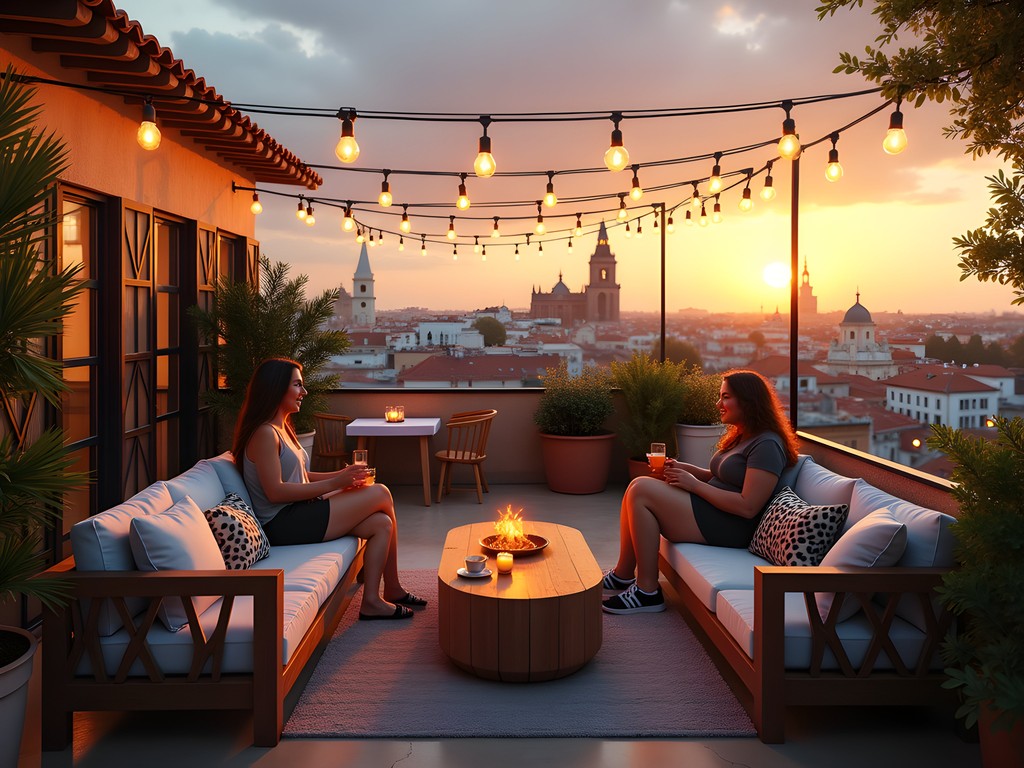
💡 Pro Tips
- Book accommodations at least 6-8 weeks in advance during spring for the best rates
- Look for places that include breakfast or kitchen access to save on meal costs
- Consider staying slightly outside the historic center—Seville is very walkable
Feast Like Royalty on a Peasant's Budget
If there's one thing I've learned from my Spanish heritage, it's that food is non-negotiable—but that doesn't mean you have to spend a fortune. Seville might be the birthplace of tapas, but prices can vary wildly depending on where you eat.
My golden rule in Seville: avoid restaurants with English menus on display and waiters beckoning you in from the street. Instead, follow the locals. During my week there, I discovered that many bars still honor the traditional tapas concept—a free small plate with each drink. Bodega El Garlochí and Bar Alfalfa became my regular haunts, where €2.50 for a caña (small beer) or glass of house wine came with a complimentary tapa.
For proper meals, head away from the Cathedral and into residential neighborhoods like San Julián or Feria. I stumbled upon Bar Eslava quite by accident after getting hopelessly lost (a recurring theme in my travels), and their €3.50 slow-cooked egg on boletus cake was so divine I nearly proposed marriage to the chef.
Markets are your best friend for both atmosphere and affordability. Mercado de Triana and Mercado de Feria offer fresh produce, local cheeses, and bread at supermarket prices. I made a habit of assembling picnic lunches for under €5 and enjoying them in parks or along the riverbank.
For breakfast, skip the tourist cafes and do as Sevillanos do—stand at the bar of any local café and order a tostada con tomate (toast with grated tomato and olive oil) for about €2.50. Add a café con leche for another €1.50, and you're sorted until lunchtime.
My splurge meal? A dinner at Vinería San Telmo, where I treated myself to their menú del día (set menu) for €16.50—three courses and a glass of wine. Not dirt cheap, but a fraction of what similar quality would cost back home in Detroit or in Seville's tourist traps.
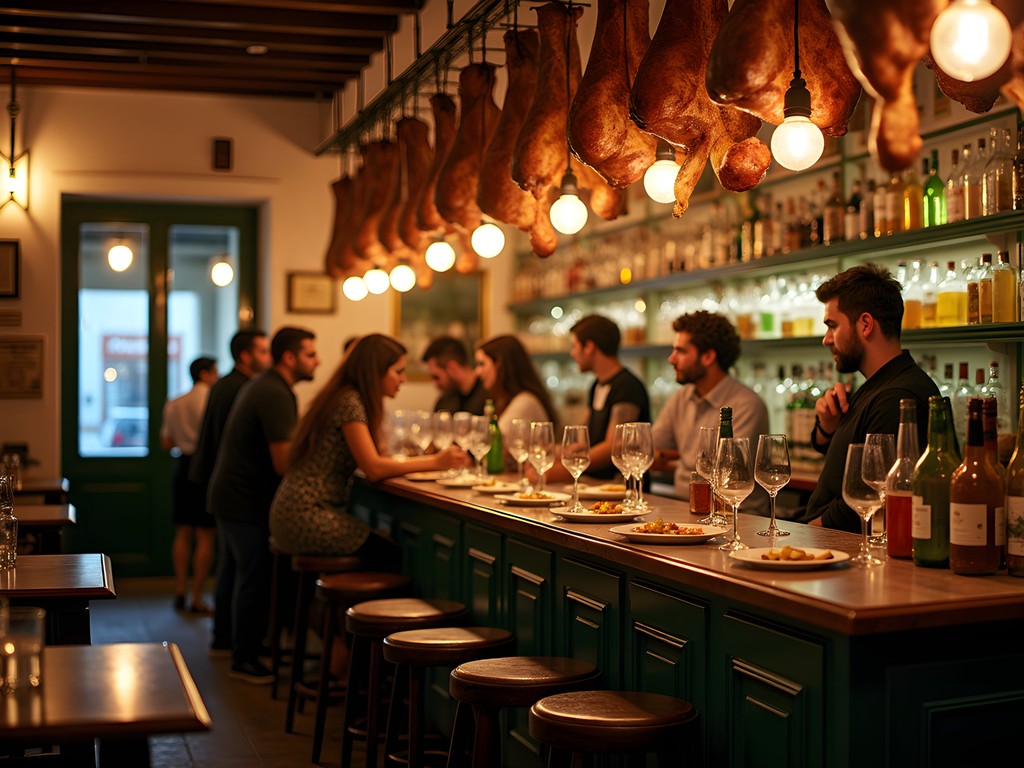
💡 Pro Tips
- Look for bars advertising 'Tapas Gratis' signs—they still offer free tapas with drinks
- Eat your main meal at lunch when menús del día are 30-50% cheaper than dinner prices
- Shop at local markets for picnic supplies and fresh fruit
Cultural Immersion Without the Price Tag
Seville's architectural wonders can come with hefty entrance fees, but with a bit of insider knowledge, you can experience the city's cultural riches without emptying your wallet.
First, timing is everything. The Alcázar Palace (the stunning Moorish royal residence) charges €12.50 for general admission, but it's completely free on Mondays from 6-7pm in winter and 7-8pm in summer. Yes, it gets crowded, but arriving 45 minutes early secured me a spot. The same goes for the Cathedral, which offers free entry on Mondays from 4:30-6pm if you register online in advance.
For flamenco, skip the €40 tourist shows. Instead, head to La Carbonería or T de Triana, where you can experience authentic performances for the price of a drink (around €3-5). I spent an unforgettable evening at La Carbonería, nursing a single glass of sangria for two hours while watching locals spontaneously join in with the performers—something you'll never see at the packaged tourist shows.
My favorite discovery was Seville's abundance of free museums and cultural sites. The Archivo de Indias (which houses all the documents from Spain's colonial period) is always free and wonderfully air-conditioned—a blessing during Seville's hot afternoons. Similarly, many churches like San Luis de los Franceses offer free entry during specific hours.
For getting around, forget taxis and rideshares. I invested in a city walking map and explored primarily on foot. When my feet protested (usually after 20,000+ steps), I used Seville's public bike system, Sevici. A 7-day tourist pass costs just €13.33 and gives you unlimited 30-minute rides—perfect for zipping between neighborhoods.
Perhaps my best budget-friendly cultural experience was completely free—getting lost in the winding streets of Santa Cruz and Triana, where every turn reveals a new plaza, a hidden courtyard, or locals gathered for impromptu music sessions. These unplanned wanderings gave me more authentic insights into Sevillano life than any guided tour could have.

💡 Pro Tips
- Download the free 'Seville Travel Guide & Map' app which works offline and shows free entry times
- Visit major sites during the last hour before closing when crowds thin out
- Look for 'Free Tour Seville' operators who work on a tip basis—pay what you feel the tour was worth
Day Trips That Don't Break the Bank
While Seville itself deserves your full attention, the surrounding Andalusian region offers spectacular day trip opportunities that won't destroy your budget.
Cordoba, with its mesmerizing Mezquita (mosque-cathedral), is just 45 minutes away by train. Here's my money-saving hack: instead of booking through the main Spanish rail website (RENFE), I used Omio to find regional trains for nearly half the price of the high-speed AVE service. The journey takes about 30 minutes longer but saved me €22 round-trip—enough for lunch and entrance fees in Cordoba.
For beach cravings, most tourists head to the crowded Costa del Sol. Instead, I took the direct bus to Cadiz (€13.65 each way) for gorgeous, less crowded beaches and a charming old town that feels worlds away from the resort atmosphere of Marbella. Pack a picnic lunch, and you've got yourself a budget beach day that locals would approve of.
My personal favorite day trip was to the small town of Carmona, just 30 minutes by bus from Seville (€2.90 each way). With Roman ruins, Moorish fortifications, and approximately zero tour groups, it offered an authentic slice of Andalusian life. I spent a grand total of €15 there, including lunch at a local bar where the owner insisted I try his homemade orange wine—on the house.
If you're feeling adventurous and have basic Spanish skills, consider ride-sharing through BlaBlaCar. I shared a ride to the stunning white village of Ronda with a local university professor and two other travelers, splitting the petrol cost four ways (€8 each round-trip). Not only was it cheaper than public transport, but our driver Miguel gave us insider tips no guidebook would mention, including a viewpoint of Ronda's famous bridge that only locals know about.
A word of caution from personal experience: check return transportation times BEFORE you set off. I nearly spent an unplanned night in Carmona after losing track of time photographing its sunset-washed walls. The last bus back to Seville waits for no one, as I learned while making an undignified sprint through cobblestone streets.
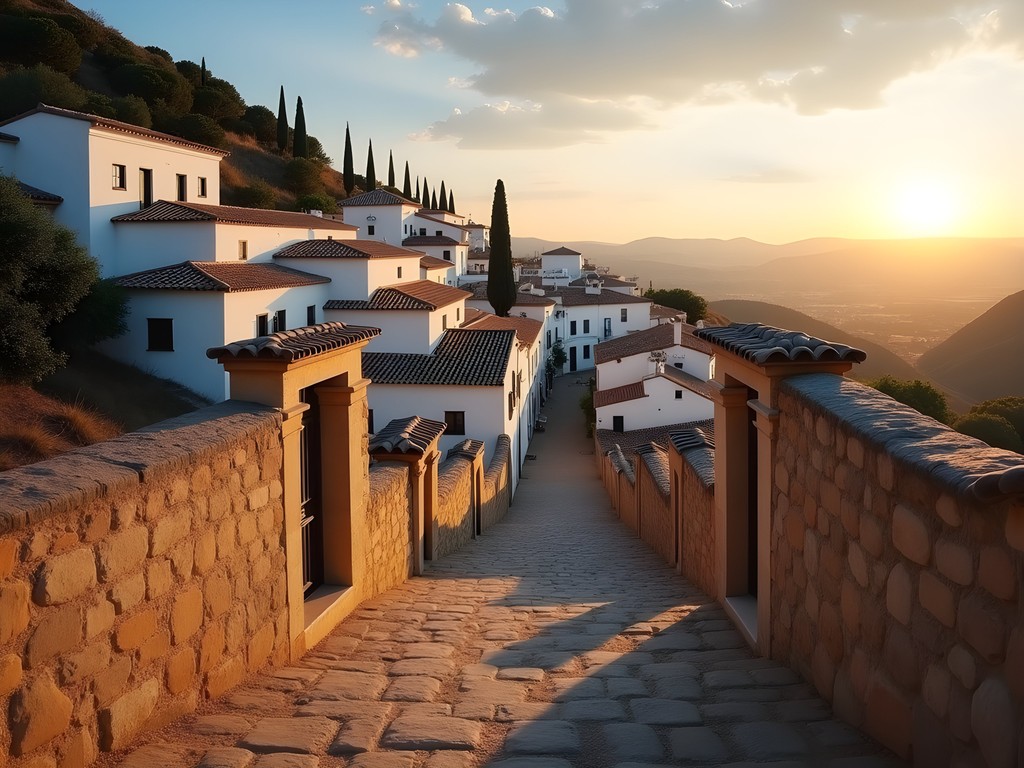
💡 Pro Tips
- Buy day trip train tickets in advance—last-minute purchases can cost double
- Consider BlaBlaCar for ride-sharing to destinations not well-served by public transport
- Pack water and snacks—prices in tourist sites can be inflated
Shopping & Souvenirs: Memories Without the Markup
I've never been one for plastic flamenco dolls or fridge magnets, but I do love bringing home meaningful souvenirs that don't require a second mortgage.
Seville's tourist areas are filled with overpriced trinkets, but venture just a few streets away and you'll find local treasures at local prices. The Feria Market became my go-to for affordable gifts—handmade soaps scented with Seville orange for €2-3, local honey for €4, and beautiful ceramic tiles starting at €5. These make far better souvenirs than mass-produced castanets that will collect dust on a shelf.
For the foodies in your life (or yourself—no judgment here), the best value souvenirs are culinary. I stocked up on vacuum-packed jamón ibérico at Mercado de Triana for half the airport price, along with small bottles of exceptional olive oil from Sierra de Cádiz. My suitcase smelled divine, and my friends back in Detroit were properly impressed.
If you're after clothing or accessories, avoid the main shopping streets and head to El Jueves, Seville's Thursday flea market that winds through Calle Feria. It's a treasure trove of vintage finds, handmade jewelry, and second-hand flamenco shawls at a fraction of boutique prices. I scored a gorgeous hand-embroidered shawl for €15 that a shop near the cathedral was selling similar versions of for €75.
For carrying all these treasures, I relied on my trusty packable daypack that folds into itself when not needed but expands to hold plenty of shopping finds. It saved me from the tourist trap of having to buy an overpriced bag for all my market purchases.
Perhaps my most cherished souvenir cost nothing at all—a hand-drawn map of 'secret Seville' sketched by Manuel, my pensión host, on the back of a paper placemat. It marks tiny family-run bars, hidden plazas, and the best spots to watch sunset over the Guadalquivir River. No gift shop could ever sell something so personal and valuable.

💡 Pro Tips
- Ask locals where they shop—my hostel receptionist directed me to markets I never would have found otherwise
- Bring bubble wrap or packing material for fragile items like ceramics or olive oil
- Save room in your luggage for food souvenirs—they're often the best value and most appreciated gifts
Final Thoughts
As my week in Seville drew to a close, I tallied up my expenses and was chuffed to discover I'd managed the entire trip—accommodation, food, sightseeing, day trips, and souvenirs—for under €400. More importantly, I'd experienced the real Seville, not just the glossy tourist version. From impromptu flamenco sessions to sunset picnics by the river, the most memorable moments cost little or nothing at all. Seville taught me once again that luxury isn't about price tags—it's about experiences that enrich your soul. So pack your travel journal, bring your sense of adventure (and comfortable walking shoes), and discover how this magnificent Andalusian city can be savored slowly and affordably. Your bank account will thank you, and your memories will be priceless. ¡Hasta pronto, Sevilla!
✨ Key Takeaways
- With careful planning, Seville can be experienced richly on €50-60 per day
- Timing visits to major attractions during free entry periods saves substantial money
- The most authentic experiences (local tapas bars, neighborhood explorations, impromptu flamenco) are often the most affordable
- Venture beyond tourist areas for better prices on food, shopping and accommodation
📋 Practical Information
Best Time to Visit
Spring (March-May) or Fall (September-October)
Budget Estimate
€45-60 per day excluding flights
Recommended Duration
5-7 days
Difficulty Level
Easy

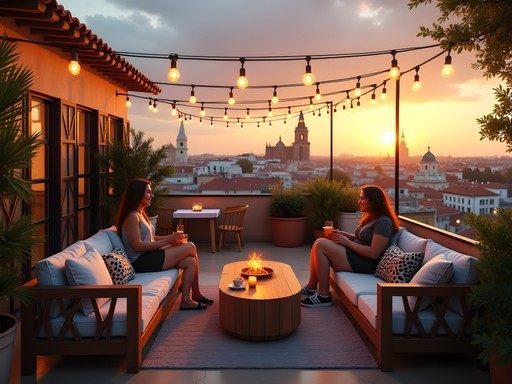
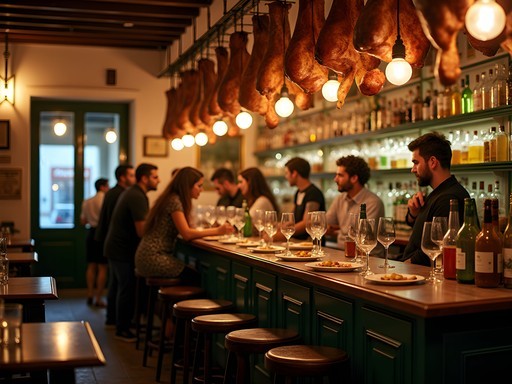
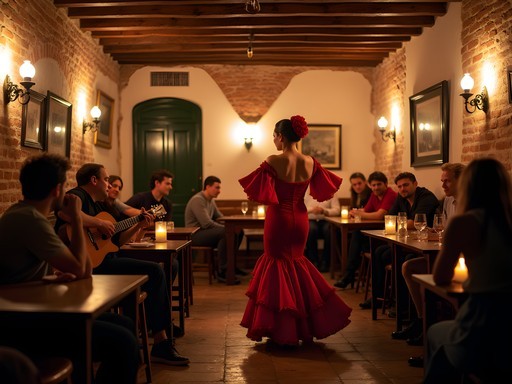

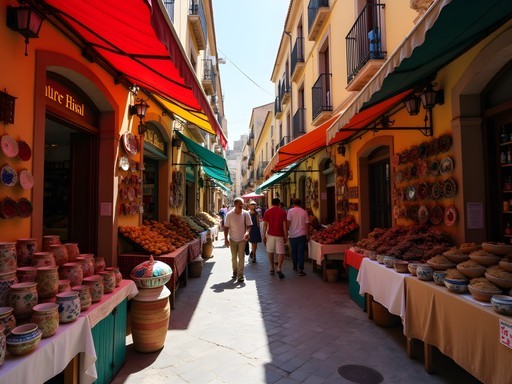


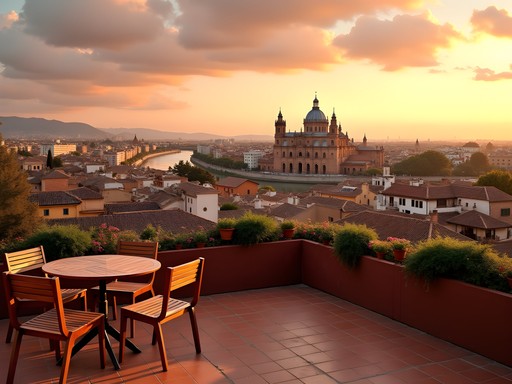


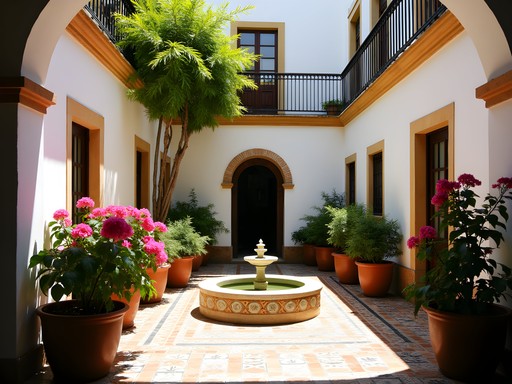
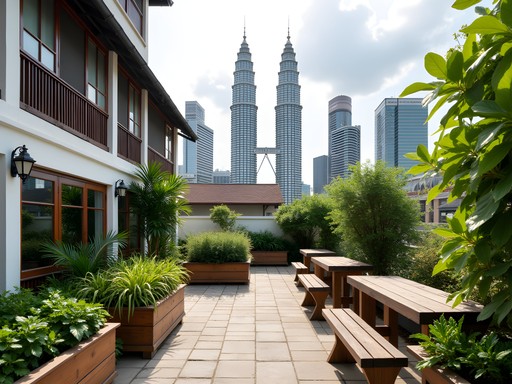

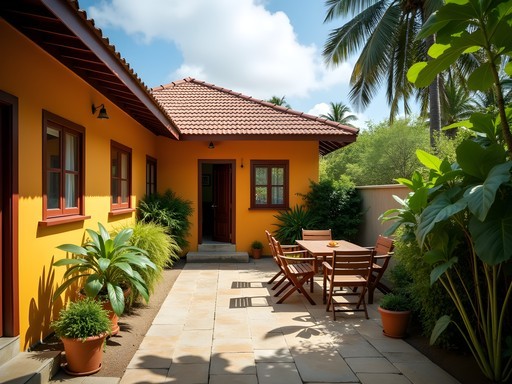

Comments
first_time_euro
Did you feel safe walking around at night as a solo traveler?
Rachel Garcia
Absolutely! The central areas are well-lit and full of people until late. Just use normal city precautions and you'll be fine.
budget_globetrotter
Great post! Another money-saving tip: the Cathedral and Alcázar combo ticket saves about €4 compared to buying separately. And if you go to Alcázar on Monday evenings (last hour before closing), it's free for everyone!
Rachel Garcia
That's such a good tip about Monday evenings! Wish I'd known that when I was there. Thanks for sharing!
tapas_lover45
Those tapas recommendations are gold! Tried El Rinconcillo yesterday based on your post and it was amazing!
Sage Dixon
Rachel, your post brought back so many memories! I did Seville on a budget last year and can confirm everything you said about the free walking tours. I took the one with Pancho Tours and learned more about the city's Moorish history than I ever would have on my own. For anyone reading this - don't skip the Triana neighborhood! It's across the river and way less touristy. I found this amazing little ceramic shop where the owner let me try throwing a pot (I was terrible but it was fun). Also, for day trips, I'd add Jerez if you're into sherry - some bodegas offer free tastings if you show up late afternoon when they're trying to clear inventory. I tracked all my expenses with budget app and managed the whole week for under €450!
sunnydays123
Did you need to book the free walking tour in advance? Planning to go in December!
Sage Dixon
I booked mine a day ahead just to be safe, but I saw people joining last minute too. In December you should be fine - it's not peak season!
backpackwanderer
Love this post! I'm heading to Seville in November and wondering about those free flamenco shows you mentioned. Are they really as good as the paid ones? Any specific places you'd recommend?
Rachel Garcia
Thanks! The free shows at La Carbonería are surprisingly good - just get there early (like 8:30pm) to grab a seat. They make their money on drinks, but you can nurse one sangria all night. The paid shows at Casa de la Memoria are more polished, but the free ones have more raw energy!
backpackwanderer
Perfect, thanks for the tip! Adding La Carbonería to my list now.
skyperson
Your day trip suggestions are gold! We did the Córdoba trip by regional train instead of high-speed and saved almost €40 round trip. Took only 30 minutes longer each way. Worth it!
tripclimber
Rachel, did you feel safe walking around at night in the budget areas you stayed in? Planning a solo trip there next spring!
bluelife
How did you handle the heat? Planning to visit in August but worried about those famous Seville summers.
Claire Hawkins
Not Rachel, but we visited in August last year. It's HOT (40°C+) but manageable! Follow the local schedule - sightseeing early morning, siesta during peak heat (1-4pm), then back out in evening. Always carry water and look for the misters in restaurant patios. Many plazas have shade and fountains where locals gather to cool off.
bluelife
Thanks for the tips! Might rethink August then and try for October like Rachel did.
Amit Sullivan
Rachel, your post brought back such vivid memories of my time in Seville! I visited last autumn and followed a similar budget approach. One tip I'd add is about timing - I found early October perfect as the summer crowds had left but the weather was still gloriously warm. For transportation, I used the Sevici bike sharing system (€13.33 for a week) which was not only economical but gave me freedom to explore hidden corners. I discovered a tiny family-run ceramics workshop in Triana where I watched artisans hand-painting tiles - completely free and one of my most cherished memories. I used my pocket guidebook which had excellent self-guided walking tours that saved me from paying for guided options.
wanderking
Just got back from Seville last month and used a lot of these tips! That breakfast place near Plaza Alfalfa was our daily stop. So cheap and delicious!
skyperson
Was it Bar Alfalfa? I've heard great things!
wanderking
Yes! Their tostada con tomate and café con leche combo was only €3.50 and kept us full until lunch. The owner even started recognizing us by day 3!
Venture X
Premium card with 2X miles, $300 travel credit, Priority Pass